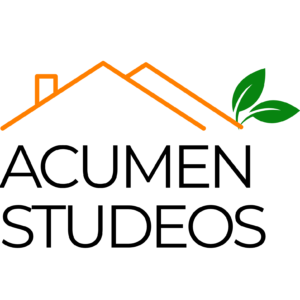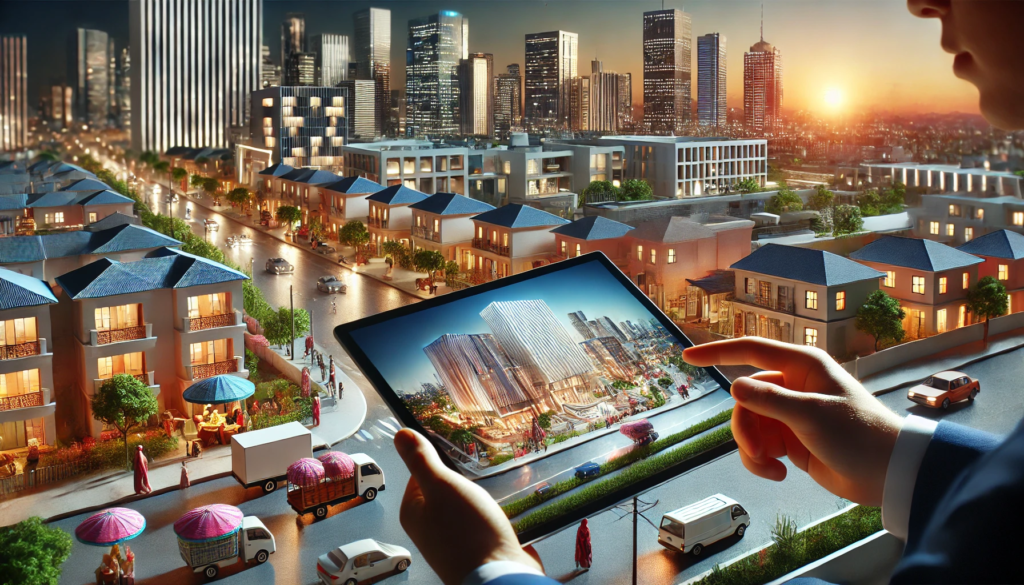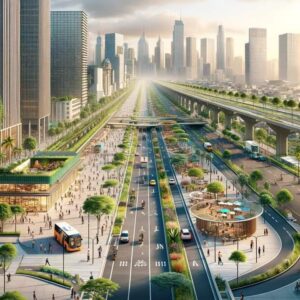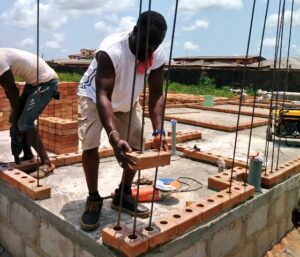In Nigeria’s dynamic real estate industry, the integration of architectural design and 3D visualisation has proven to be a transformative approach. People are building new homes, offices, and commercial spaces; therefore, inventive design and marketing techniques are more important than ever. Architectural and 3D visualisation are potent instruments for significantly influencing this industry. This technology allows architects, developers, and potential buyers to visualise structures before they are completed, which improves the overall design process. It also makes it easier to express ideas. Architectural visualisation comprises creating lifelike 3D models of structures, allowing all parties involved to see exactly how an estate development project will look once completed. Architects and developers can use 3D visualisation to show clients detailed designs, including how lighting, materials, and spaces would appear in the finished construction. This level of detail helps to uncover design issues early on and eliminates misconceptions among developers, architects, and clients. This article digs into how these powerful tools influence the current state and future of real estate development in Nigeria, allowing developers to make their ambitions a reality.
Understanding Architectural Design and 3D Visualisation.
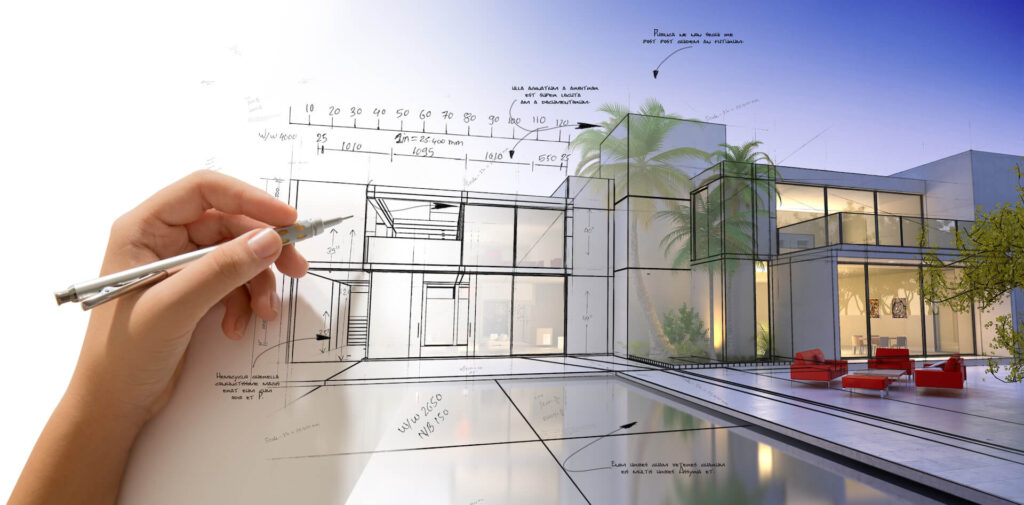
Architectural design and 3D visualisation are closely related. They provide architects with a significant tool for refining their ideas before construction. Architects can use 3D visualisation to test different aspects, such as colours and materials, in a realistic virtual environment. This aids in detecting potential faults or improvements early in the design process. Architects can explore their design concepts more deeply. They may also study how different materials interact with light and how environmental factors influence structural integrity. This information enables better design decisions and improves the overall quality of the finished project.
3D visualisation greatly improves communication among architects and stakeholders in real estate development. It helps clients, investors, and others understand the architect’s vision. By turning complex ideas into realistic visuals, 3D visualisation clarifies expectations. These visuals also encourage collaboration by showing how a building or estate will look. With 3D visualisation, everyone involved can see the project before construction begins. This immersive experience bridges the gap between technical drawings and real-life views.
Benefits of 3D visualisation for Nigerian Architects.
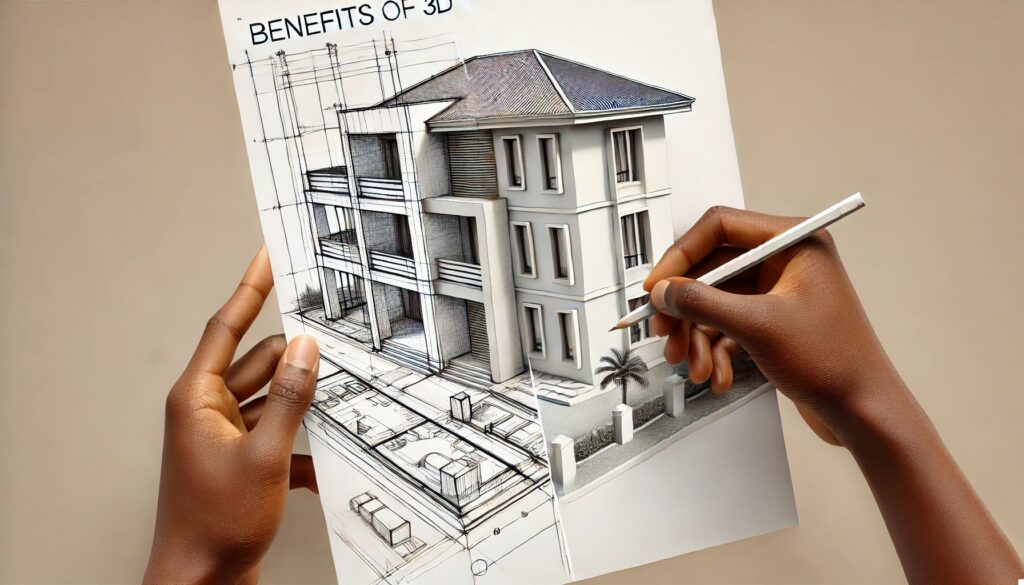
Architects and designers may visualise how a structure will appear just by glancing at a 2D plan or drawing. This is a skill acquired through their professional training. Many clients, for example, fail to understand the technical drawings. This challenge is solved via 3D visualisation. Let’s look at further advantages of 3D visualisation for Nigerian architects.
- 3D visualisation assists Nigerian architects by providing a thorough view of their designs, allowing clients and architects to communicate effectively. The client may see the future project from several perspectives and quickly determine what they want to change or adjust.
- Changes made by clients during construction can lead to project budgets exceeding expectations. 3D visualisation aids in the early detection of potential issues. They can rapidly decide if they want to make certain changes during the drawing stage or not. Renderings assist clients in determining whether the design matches their desired mood, whether they are content with the colour selections, and everything else.
- 3D visualisation assists real estate marketers and architects sell houses to prospective buyers. It delivers realistic photos of the properties, allowing buyers to see what they are buying even before the property is completed. Featuring every detail—room layouts, material finishes, lighting effects, and even furniture placement. This allows buyers to better see the room and comprehend how it will appear once completed, instilling confidence in their purchase.
- 3D visualisation helps architects and contractors identify project flaws early on. For example, a design defect, such as a wall blocking that was noticed during the planning stage, will be obvious in the 3D render. Any design concerns are addressed early, allowing for quick changes before any actual work is completed. Preventing costly errors while saving time and money.
Impact of 3D Visualisation on Real Estate Marketing.
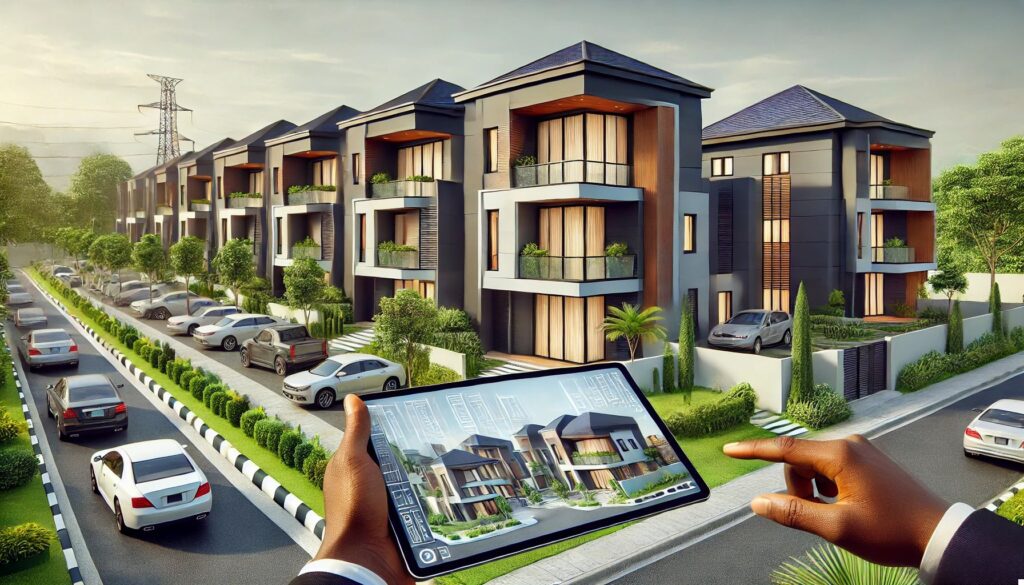
3D visualisation has become a game changer. It offers a different method of presenting houses. Potential purchasers can inspect every part of the properties before the building begins. This technology has transformed how houses are sold, making it easier for real estate agents to present their properties more enticingly. By allowing potential purchasers to view houses in depth. Let’s look at the impact of 3D visualisation on real estate marketing.
- Real estate agents use 3D visualisations to offer an overview of a property. Real estate brokers can demonstrate what distinguishes the house as unique and desirable, such as a luxurious living room, a spacious kitchen, or a master bedroom.
- 3D visualisation accelerates decision-making. When purchasers have a thorough grasp of a property, they may make more informed judgements. This will shorten a property’s time on the market and result in a faster sale.
- 3D visualisation helps buyers reduce down possibilities before organising a visit. This saves time for both buyers and realtors. This reduces time for both buyers and real estate agents and improves efficiency.
- Real estate brokers can show potential purchasers how the house will look once completed, allowing them to visualise the end outcome. This allows buyers to see the property’s potential and comprehend the worth of their investment even before the restoration is completed. It may also increase consumers’ confidence in acquiring a property that is currently under construction.
Future Trends in Architectural Visualisation.
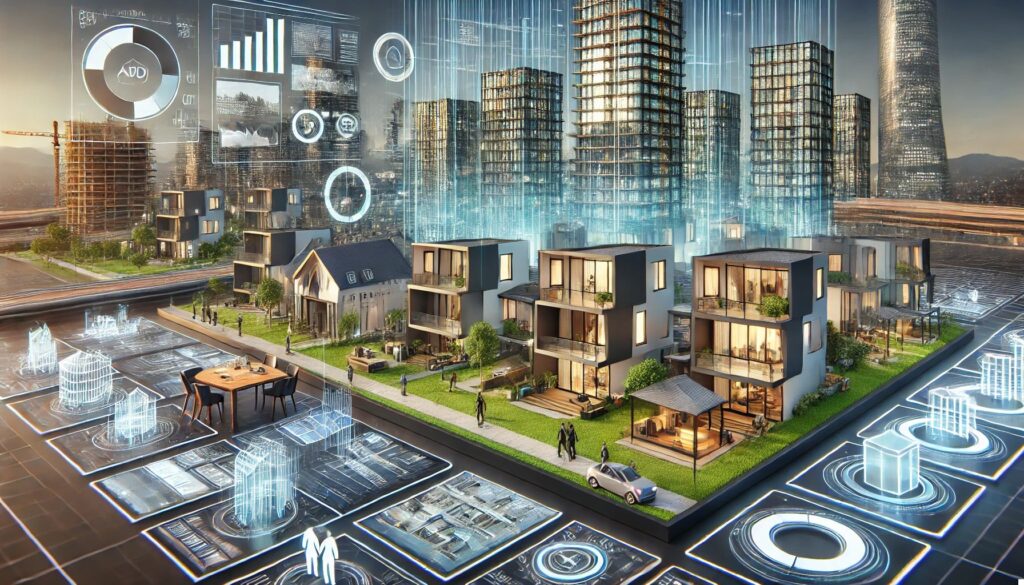
As Nigeria’s real estate market evolves, so will architectural visualisation. This will alter how developers, investors, and buyers engage with property designs. New technologies, like virtual reality (VR) and augmented reality (AR), have the potential to transform property displays. They will allow potential clients to explore lifelike 3D worlds. These clients will be able to view homes that have yet to be built. This method is particularly effective in Nigeria’s rapidly expanding cities, where off-plan acquisitions are common. Artificial intelligence (AI) will speed up the process by generating a large number of design possibilities. This will allow developers to tailor designs to Nigeria’s cultural and climatic settings.
Real-time rendering enables rapid adjustments during client presentations. This will accelerate decision-making and shorten the period between concept and construction. This is critical in Nigeria’s fast-moving real estate industry. As green building techniques gain popularity, enhanced visualisations will emphasise sustainability qualities. These elements will emphasise energy efficiency and water conservation. They will meet both international environmental standards and local requirements. With a tech-savvy population, mobile-friendly visualisations will allow clients to see houses using their smartphones. As internet infrastructure improves, architects, developers, and clients will be able to collaborate in real time using cloud technology. This will lead to a more inclusive and efficient design process. These developments would raise the quality of Nigerian real estate projects, attracting more foreign investors.
Conclusion.
To summarize, architecture and 3D visualisation have greatly impacted Nigerian real estate development, revolutionising how builders, marketers, and sellers construct and promote buildings. By presenting lifelike pictures. 3D visualisation improves buyer confidence, lowers the need for physical visits, and speeds up decision-making. This technology creates a new standard for property marketing and client engagement. It bridges the gap between imagination and reality, helping inventors to successfully explain their ideas. New technologies, such as Virtual Reality (VR), Augmented Reality (AR), and real-time rendering, are broadening the possibilities by allowing buyers to view properties in an immersive environment. As Nigeria’s real estate market grows, the usage of architectural and 3D visualisation will become more important in enhancing efficiency and innovation, attracting new investors, and deciding the industry’s future.
